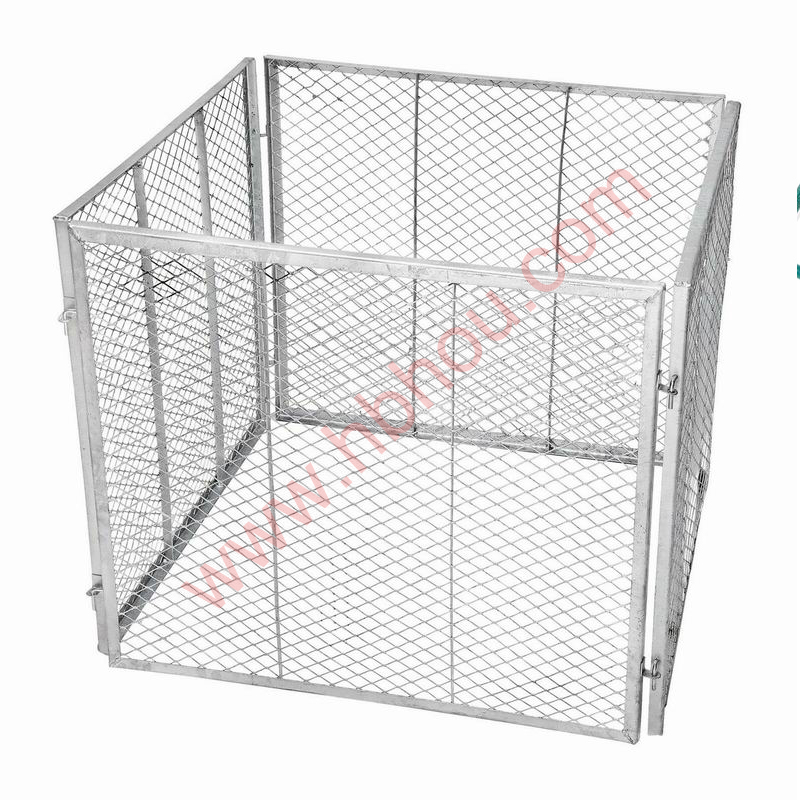Understanding Silt Fence Stakes Essential Components for Erosion Control
Silt fences are critical tools in erosion control and sediment management, often used in construction sites, landfills, and landscaping projects. Their primary function is to intercept sediment-laden water, promoting the settling of particles before they can contaminate nearby water bodies. To effectively install and maintain a silt fence, the use of silt fence stakes is paramount.
What Are Silt Fence Stakes?
Silt fence stakes are vertical posts that support the silt fence material. They are typically made of wood or metal and are driven into the ground to create a sturdy framework that can withstand water flow and the weight of accumulated sediment. The design and placement of these stakes are crucial for ensuring that the silt fence functions optimally under varying environmental conditions.
Importance of Proper Installation
The effectiveness of a silt fence largely depends on the correct installation of the stakes. Stake spacing is one of the critical factors; generally, stakes should be spaced no more than 6 to 8 feet apart. This spacing helps maintain the integrity of the fence against pressure from sediment and water. Improperly spaced stakes can lead to bending or breaking of the fence, compromising its ability to filter sediment.
In addition to spacing, the depth to which stakes are driven into the ground is essential. A common practice is to inset the stakes at least 1 foot deep to ensure stability. This depth helps anchor the fence against wind, water, and the weight of trapped sediments. In softer soils, it may be necessary to drive the stakes even deeper, or to use additional forms of stabilization, such as reinforcing posts or longer stakes.
silt fence stakes

Materials Matter
The choice of materials for silt fence stakes plays a significant role in their durability and overall performance. Wooden stakes are often cheaper and easier to work with, but they may not last as long as metal options. Metal stakes, such as those made from galvanized steel, provide greater strength and durability, making them ideal for long-term projects or challenging environments.
Maintenance and Monitoring
Even the best-installed silt fence and stakes require regular maintenance to ensure they are functioning effectively. Site managers should routinely inspect the fence for signs of wear, such as sagging or breaches. Any accumulated sediment should be removed promptly, as excessive build-up can cause the fence to fail. If a fence is compromised, it is crucial to replace damaged stakes and repair or replace the fabric to restore its sediment control capabilities.
Conclusion
Silt fence stakes are a fundamental component of any effective erosion control strategy. Their proper installation, selection of materials, and ongoing maintenance directly impact the performance of silt fences. Understanding these elements can aid in the successful management of sediment on construction sites and other areas susceptible to erosion. By investing time and resources in the right tools and practices, environmental protection and compliance with regulations surrounding sediment control can be achieved, ensuring a healthier ecosystem for the future.
















